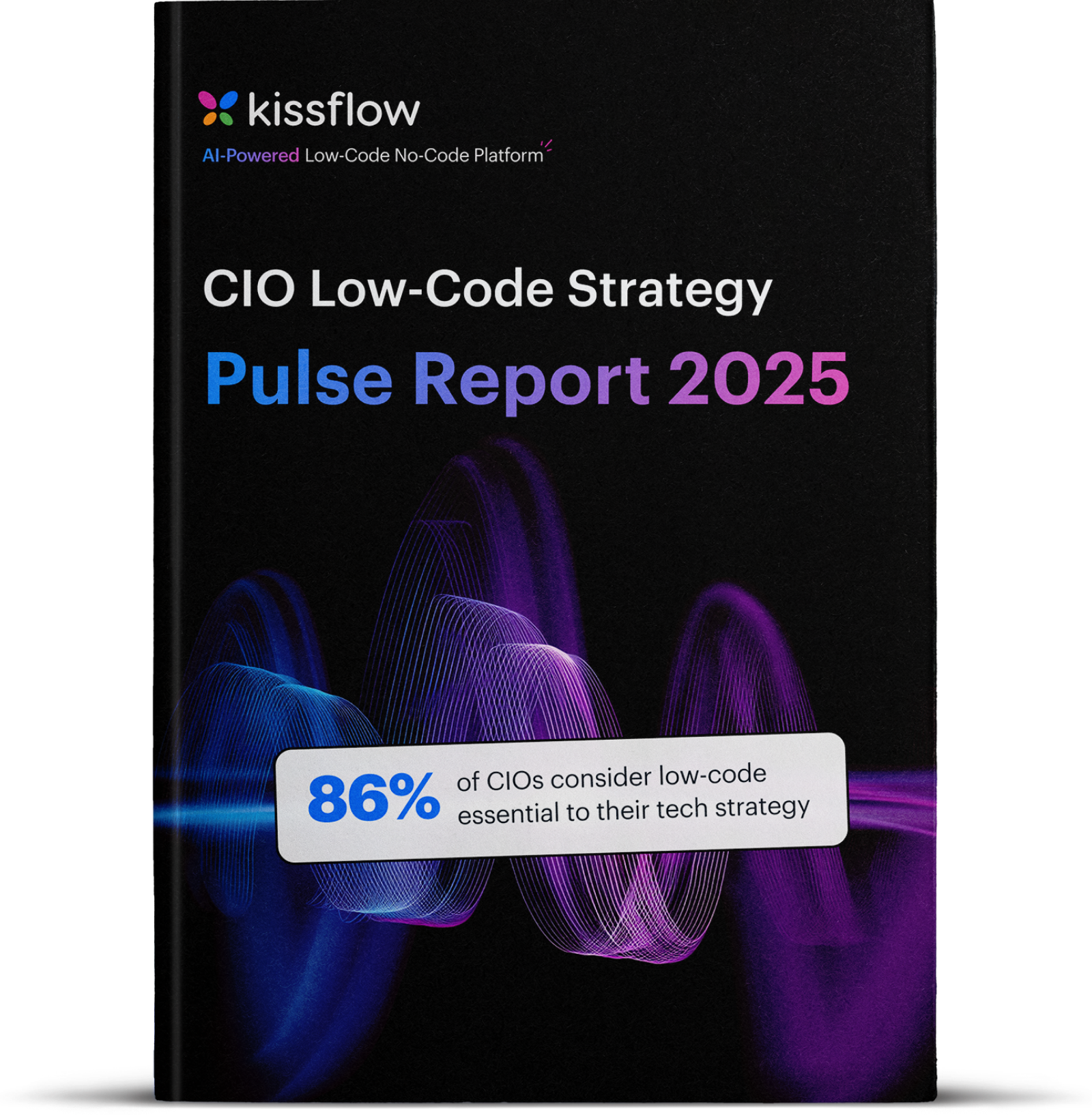
The Importance of Communication in Project Management
Project teams often overlook aspects of communication. This is a fatal mistake and dooms some projects from the start. Learn how to improve communication within your project team.
One out of three projects suffers from a communication failure, according to the PMI report. In fact, companies risk $135 million for every $1 billion spent on a project and new research indicates that $75 million of that $135 million (56 percent) is put at risk by ineffective communications, indicating a critical need for organizations to address communications deficiencies at the enterprise level.
In most project teams, communication lives in emails and spreadsheets for project management. When the client asks to push a deadline forward through email, it has to be manually updated to a board or a sheet to which every team member has access. If an individual is not aware of such a change, tasks remain unfinished.
Table of contents
Why is effective communication important in project management?
Without a sufficient project communication plan, it’s impossible to keep all responsible parties up-to-date on the changing status of the project. There’s a lack of transparency which eventually leads to inefficient, counterproductive decisions that will hinder the aims of the project in question.
With effective communications in place, it’s easy to maintain transparency across all parts of project management so that the best decisions are made, which will translate into efficient project delivery.
How does communication fail in projects?
When your communication strategy fails to function the way it’s supposed to, it affects the quality of the work delivered and leaves your clients dissatisfied.
Here are some reasons why communication fails in most project teams:
Inadequate planning
If you fail to plan out a suitable communications strategy, you’ll end up with an unpleasant scenario where the wrong channels are used at the wrong time. For example, if email is the sole medium of communication in project management, then urgent requests won’t be addressed in time. It’s important to establish a proper project management plan for different purposes.
Lack of transparency
When team members are not aware of updates and the project’s progress, communication gaps arise. Not everyone needs access to everything but creating a culture of trust and transparency within the project team ensures that team members share their opinions and concerns.
Failure to refine over time
No matter how fitting your project management communication strategy proves to be today, along the line, you’ll discover scenarios you never planned for. Failure to refine your project management communications strategy over time will result in having a communications blueprint that’s ill-suited to handle the growing needs of your project management process.
Three steps in project management communication process
When setting up a project management communication process, there are necessary constituent procedures that should be put in place to ensure that you have an effective communication outfit set up for success from the get-go.

1. Plan communication
Before you start any project, it’s necessary that a project communication plan is in place to help determine how relevant information is passed along to relevant staff and systems.
The process of planning your communication management strategy should include defining:
- A communications management tool that’ll serve as the center of your team’s knowledge management. Use project collaboration tools to share documents and feedback and to keep track of the status.
- A communications management chain or workflow that spells out clearly how the information generated at each stage of the project is conveyed to where it’s needed.
- Project communications management staff that’ll be responsible for conveying information at every stage.
2. Manage communication
Once a project communication strategy is in place, the next step is to put it to work conveying insights from where they’re generated in the project management process to where they’re processed and applied by responsible staff in the following process.
Apart from fulfilling the use, it’s created for, actually putting a project management communication strategy to work helps reveal shortcomings in your project management strategy that may hinder your project management needs so you can plug them right away.
3. Monitor communication
Analyze your project collaboration strategy once in a while to uncover what’s working and what’s not. Ensure that messages were sent and received using the intended channels and if they were understood. Find where the gaps are in the early stages so they don’t end up creating chaos at the end.
Here is our Customizable Marketing Templates to try for Free:
– Marketing Plan Template to Streamline your Marketing Efforts
Key factors in project management communication
Within the wider bracket of your project management communication process, there are several factors that define how effectively your communication strategy performs.
Therefore, in order to optimize for success, the following are some of the factors, an effective communication process must center around:

Objectives
Every message that’s sent out in the project management process, either to internal teams or to external stakeholders should have a specific project objective attached to it so the recipient can take action and close the loop.
Audience
The audience in question refers to the recipient(s) (internal or external) of any messages sent out in the project management communication process. One primary objective of every message sent out to an audience must be to convey meaning as easily as possible so the audience can take appropriate action with minimal or no friction.
Message
Messages sent out to project management stakeholders must be tailored both to convey meaning to the audience in an ideal fashion and as well, in a manner that’s within the capability of the originating stakeholder/source of the message.
Channels
Clearly define communication channels for keeping stakeholders in the loop regarding any project under management.
How to create a project communication plan?
Project management communication plan helps you communicate with the project teams and stakeholders. It also determines how information is shared and delivered to everyone who is involved with the project. Now that you know how an effective communication process is critical to a project’s success, there are steps you can take to create and maintain an effective project management communication plan that works for your needs.
These include:
- Analyze your needs. Consult relevant staff and find out exactly what they need to do their best work.
- Assign responsible staff to undertake specific parts of the process.
- Analyze your communications process to uncover any stages where upgrades or improvements may be needed for optimum productivity.
- Keep iterating your communication process to stay relevant to your needs.
With the guidelines we’ve offered you above, detailing how to set up and manage an effective project management communication plan, there are as well, widely-accepted project management best practices you can incorporate at the different levels of your project management communication process to create a project management system that works for stakeholders to get work done as seamlessly as possible.
Let’s look at the four steps on how to write a project management communication plan.

1. Fill in as many variables as possible.
Don’t leave any stakeholders guessing the (i). what, (ii). who, (iii). why, (iv). how, or (v). where any information is passed along to them. Stakeholders must be able to grasp the meaning and make decisions as soon as information gets to their stage of the process.
This way, there’s consensus without sacrificing time from actually getting work done.
2. Build for your team
Ultimately, it’s your team that’ll eventually have to use whatever strategy you create so it’s best to keep their considerations and feedback at every point of building a communication process.
3. Be flexible
Keep what works no matter how aged it is; toss out what doesn’t work no matter how trendy it is, or how much effort has gone into it. Prioritize for efficiency and actually solve real-life communications problems.
4. Choose the right tools
Using the right project communication tools to communicate is critical for a project’s success. You can use,
- Emails,
- Chat software,
- In-person meetings,
- Project collaboration tools, or
- Combination of all of these.
Successful projects rely on effective communication
With effective communication practices and processes, you can eliminate misunderstandings around project goals and objectives. There are going to be fewer conflicts. Team members and stakeholders will be on the same page. Planning for communication means that you take the time, early in the project planning process, to understand stakeholders and how they want to be communicated. This means they’re more engaged and committed to the success of your project.
Having a project management software like Kissflow Project can help you streamline communication in the project and align teams better.
Your search for Project has landed you here. Wondering why?
As a user, you'll experience the full value of Kissflow by implementing it across departments for diverse use cases rather than just addressing isolated needs like a project management tool for a single team or department.
Application Development Platform
Digital Transformation Platform
More Resources
- 10 Best Project Management Tools for Every Project Managers in 2021
- Google Project Management Software: 6 Tools to Help Address the One Weakness of G-Suite
- What is Project Scope Management and Why is it Important?
- How to Stay Organized at Work – 9 Simple Steps
- 10 Essential Project Management Skills for Project Managers





